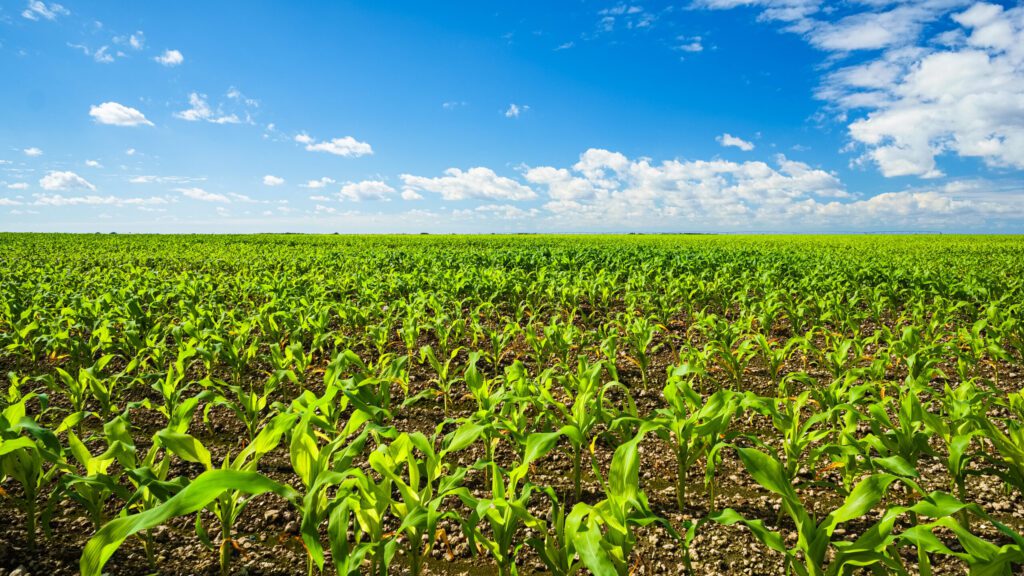by TERESA SCHIFFER
Sponsored by Farm Credit of Central Florida
When we think of corn, we often envision the expansive cornfields of the Midwest. But since the 1940s, the University of Florida has been specially breeding sweet corn for cultivation in Florida. Sweet corn is a $100+ million-dollar industry in the state currently, with Florida ranked as one of the nation’s top producers. About 20 percent of America’s sweet corn is grown right here in Florida. More than 37,000 acres of sweet corn are grown in the Sunshine State each year, primarily for the fresh market
The U.S. is the world’s largest producer and exporter of corn. Throughout the country, more than 28,000 farms produce sweet corn. Roughly one-third of all the corn grown in the U.S. is used for feeding livestock, and another third is used to make ethanol, leaving about one-third for human consumption and industrial use. Most sweet corn is harvested when it is fully grown, but there is a small market for edible, unhusked baby corn.
Corn has been bio-engineered into a multitude of varieties, making it possible to grow the crop in almost every state. The best varieties for Florida’s climate and conditions are Silver Queen, How Sweet It Is, and Early Sunglow. Corn grows best in full sun and rich soil, and is generally ready for harvest between 60 to 90 days after planting.
Historically, most of Florida’s sweet corn was grown in the northern part of the state, but much of that production has now moved to Georgia. The Everglades Agricultural Area of Palm Beach County is now the home of more than half of Florida’s sweet corn production. Miami-Dade, Collier, and Hendry counties in southern Florida are responsible for about a quarter of the entire state’s production of sweet corn. In the southern regions of Florida, sweet corn is grown mainly from September through June, with the Everglades area out of production through part of December and January.
Field corn, raised for silage and grain, is grown mostly in some central and north parts of the state during the spring and summer. The University of Florida IFAS Extension recommends planting field corn beginning in late February through late April. This early planting strategy decreases pressure from insects and diseases, resulting in a higher potential yield.
Nematodes can be a significant issue for field corn in Florida. Sandy soil can be plagued by sting nematodes (Belonolaimus longicaudatus), but stubby root (Paratrichodorus spp.), lesion (Pratylenchus spp.), lance (Hoplolaimus spp.), and root-knot (Meloidogyne spp.) varieties of nematodes can also present problems for Florida farmers growing field corn.
Rotating field corn with peanuts and cotton seems to provide the best protection against nematode problems in the soil. Rotating with more closely related cereal grass crops, such as sorghum, can encourage the growth of nematodes. Weed management is also enhanced by crop rotation with unrelated crops, as well as by soil fertility management, timely planting, and proper cultivation.


